When is it time to say goodbye to old designs? Maybe you have this nagging feeling that some of your designs just don’t mesh well with your brand anymore, but You’re hesitant to cut them out of your line completely. We know that it can be difficult to part with old designs that might hold sentimental value because they represent where you started and how far you’ve come with your style, skill, etc. That’s why in today’s episode, we’re breaking this decision making process down into a few steps that include: What it looks like to take an inventory of your products, How to determine if something is profitable, and What to do before you officially give it the good ole’ AX.
Let’s be friends! Find us on Instagram http://instagram.com/bizbirthdaybash @bizbirthdaybash. For all show notes please visit http://www.bizbirthdaybash.com/podcast
Questions to ask yourself when taking inventory of your products:
-
Is this true to my current style?
Cami: (02:07)
So talking about giving the acts to your products and when it’s time to let go of them. So let’s do this. Okay. So questions to ask yourself when taking inventory of your products. Number one is this to my current style because as an artist, your style is constantly changing.
Cami: (03:04)
Like, I know my style is so different now with my products and it was when I first started and that is why so many of them are sadly on the chopping block because I don’t feel like they accurately represent my work or like how well I can paint now versus then like, sorry if that sounds like conceited or whatever. But so yeah, I was going to say that some of yours, like the city Prince you’ve had around for forever, they’re such a conundrum because they sell super well. But like I know that you could paint a city if you painted that city today, it would look different. I know, but I feel like there’s also a charm to the way they’re painted. You know, and people love them and I sell them out the wazoo. But yes, they drive me bananas, but I’m keeping them in my line because people love them.
-
Could this product be repurposed or revitalized in a way that does fit my current style?
Elisabeth: (04:11)
So maybe having that item as a print isn’t the best fit, but you have a great idea for a notepad, enamel pin, etc. Cami, do you feel like this is realistic, cause I kind of threw this in here, but as like the person who does more products, do you feel like you could ever repurpose anything?
Cami: (04:36)
Oh yeah, totally. Like some of the stuff, like I had some other things in my line that probably no one even saw because they were just like stupid and kind of hidden. I didn’t sell a single one and I basically took the concept of it. Like there was this card I had it said, Hey neighbor, I had a horse on it and it just wasn’t selling that great. So I was like, I know this is a cute concept, but it just needs to be redone and the new way that I’m doing my style of cards. And so I redid it and I just sold a bunch of them so I was like, it just needed a little facelift.
So I think what some of your older work or older designs like you can revitalize them or do a little makeover to make them fit within your brand and within your line a little more. So, I, I a hundred percent think you can do this. Like, so maybe it’s just as simple as that as like taking it and being like, okay, I have this concept, I have this artwork.How can I like make this even better? That like it grows up with your brand kind of.
-
Is this what I want my brand to be known for?
Elisabeth: (05:40)
If this isn’t furthering your overall vision for your brand, it’s probably not the right thing to keep around. And personally I, Elisabeth struggle with this a lot because I have a lot of ideas for products but they don’t necessarily fit hand in hand with my brand for ElisaAnne and which is why I created the Thank You Society because it’s a lot more funky and playful.
Elisabeth: (05:59)
It gives me a little space to do something different. However now I’m like ironically considering adding products back into ElisaAnne and again but trying to ultimately figure out what that would look like and I would probably just stick with my wax seals but not like the same that they are now. Like something I think would have to change.
Elisabeth: (06:45)
Like maybe I’m just putting this internal pressure on myself because like I see you or see other people who are doing product lines and wedding invitations and then I second guess like should I be doing both? And I like it in this whole panic mentality, but like my wax seals have sold really well. Like well really well by my standards. Right? Like with barely any effort on my part.
-
Am I proud of this product?
Cami: (07:47)
This one is the one that gets me because like I said, I have some that are really good sellers but I’m not like I am proud of this and I want to show this off I and I’m like, okay, do I need to let this one go? But then I’m like, no, this one does well. So I don’t even know what my advice is for this one because I just feel, I feel the pain on this one. You guys for sure like some things I’m not proud of but they do well so I don’t know that it is what it is at this point.
Elisabeth: (08:16)
Do you think though,like a few more years down the road or whatever, as your products continue to expand as your collection grows and as your style gets even more refined. Do you think you would ever consider basically upleveling the city prints to be like I’m repainting the cities and like still paint within the same, guidelines you had before from the same perspective as you did before. It would just be your new version or do you just not want to let them go completely cause you’re afraid of what that would look like.
Cami: (09:07)
I don’t know. I would probably repaint them but also there’s like this weird thing and I’m not sure how to accurately say this but like sometimes I think my products look too real or like my paintings are like too well done.
I sound so conceited right now, but like two realistic, realistic or whatever and it like some people just, that is just not like that like charm style that people like or like the, the looseness of watercolor like that has like a different character to it and it’s just like a totally different like audience almost like, so I think it’s weird the ones that I don’t think are done very well at all sell way better than the ones that I like truly spent time on. Like the ones that I am proud of don’t sell so I don’t understand that.
-
Have I sold a lot of this product? Is it a good source of revenue?
Elisabeth: (16:32)
We’re going to talk about how to determine if something is a good source of revenue. So basically the steps you need to take to look at the products, because if you really, really love a product but it’s not a good source of revenue or you’re not getting a good return on it, that could be something that maybe would get the ax eventually. If it’s not making you money. So here are a couple of ways that you can kind of take a quick gander.
Cami: (17:06)
Basically pull your reports from your eCommerce platform, whatever that is, Squarespace, Shopify, Etsy or all of them, whatever you’re doing to see what you’ve sold the most of. Um, so you can go through and like look at your analytics for a year to see which product sold the most and like how much money you made from each product. And like if something is making less than a hundred dollars a year for me, like I’m probably going to be like, this is not worth keeping around or, or I need to revitalize this or what can I do? Like that is honestly the quickest way to tell us something needs to go.
How to determine if something is a good source of revenue:
-
Pull up reports from your e-commerce platform to see what you’ve sold the most of.
Elisbaeth: (18:09)
yeah, I pulled my reports for my wax seals and it’s very clear that the Magnolia, Thank you, and Sparrow wax seal are my top three bestsellers. So if I were to redo my collection in the way that I’ve been envisioning, I might keep these like top three designs that are my best sellers and maybe introduce two new ones and I would probably ax the rest of them.
-
Take a look at your margins and your ROI. If you’re selling a LOT of them, but your margins are super small, this might not be a product to keep in the long run. The ideal product will have high margins, and high ROI. You can sell less of them but make more with each purchase.
Cami: (19:38)
So if you’re selling a lot of them, but your margins are super small, this might not be a product to keep in the long run. It. Does that make sense? The way that I wrote that, I just read it and I’m like let’s just set there, start thinking about, are you saying like, so I’m saying like the product itself is not, it’s not a profitable product. Yeah. Let’s say the product itself makes you like 50 cents a product. That’s like a horrible margin, but that’s just like an example in this scenario is like to make a hundred dollars on something that’s has a 50 cent margin, you have to sell 200 of them. Right? I did my math right there. I’m pretty sure. Yeah. Whereas like if you have another product that has higher margins, better ROI, you can sell less of them but be making more with each purchase.
Don’t necessarily axe those low margin products right away… they might be attracting the right customers to your site
Elisbabeth: (20:25)
So I know with some products it’s like some are just like anchor products and maybe they do have a small margin and so you’re keeping them for that reason. But I don’t know. I feel like at a certain point maybe that doesn’t like make sense if you’re only making like a tiny amounts on a product because you have to be selling like hundreds of them. Yeah. Like what are you doing then if you’re only making tiny amounts on a product? Exactly. That’s what I’m just trying to tell people like look at your margins because if they’re super small that that’s not going to make sense for your business in the law. I do think people forget to even like they’re like, Oh I just sold this. But like how much did you actually make profit wise? Like what the cost of everything. So definitely look at that.
Cami: (21:06)
I do have some, what I call them lost leaders in my business, like for wholesale, like the mugs for me on wholesale, do not bring in very much revenue at all even though they have to order like a case of six of them or whatever. But I swear to you, every single wholesale order has mugs in it. So I know that they find me through the mugs. I call them loss leaders cause they bring people in but that gets them to in turn spend more money with my shop. Does that make sense?
What to do before you officially AX a product.
-
Run a “last chance” sale via social media and your email list to let people know that this product is leaving!
Elisbaeth: (27:51)
So when I got rid of my USPS mailing contract on ElisaAnneearlier this year we moved it over to BBB and it was due to receive a price increase. So you better believe I sold a whole bunch of copies of that thing before it was taken off my website because I basically told my list, Hey, this resource is not necessarily going away but it’s being transferred under the umbrella of BBB and It’s going to be more expensive. So if you want to get it at the price it is now, then you better grab it. And then those people actually obviously with Cammie’s permission we did this, but those people who purchased from me got the like slightly updated version of the USBs mailing contract when we put it on BBB. So they even had like extra incentive to like buy it for me first. And Cammie was very gracious in that because she was like yeah, do it. Totally like do not care.
OR just delete it…
Cami: (28:42)
Yeah. And I just did like a clearance sale on some of the stuff that I’m clearing out on my line. So I have it on like a sales section on my website, which is something I’ve been wanting to add for a long time because before I would just do like Instagram sales and that is like a hot mess to try to keep up with those.
Cami: (28:58)
Like I mean they’re so fun but they’re also very intense where I just sell on stories, you know. So I added a sales section and actually went through my inventory and like counted how many I had left. So like make sure they sold out and then I did like a 50% off the sale so they were like $5 that was almost like a sale on top of the sale to just kind of like clear out that old inventory and yeah. So I still have the clearance things up there and when the last one sells it’ll get deleted. And then some of the things that I just threw away some of the prints and I was like, I am just getting rid of this because I hate it.
Elisabeth: (33:29)
Yeah. It’s very therapeutic to just like trash some things sometimes. Yes, totally. Okay. The one other thing I wanted to add under this was just to say that someone I’ve seen do this very, very well, which obviously it’s different for digital products. First physical products, which we talked about a little bit because you have inventory for physical ones, but Lindsay of the postman’s knock does this super well and she’s been around for quite a long time now. And occasionally she’ll discontinue a certain calligraphy worksheet or product that she’s had around for years or like a tutorial document. She has all sorts of stuff and a lot of them are printables. So like you buy them, you print it out, you do the practice and you can just like learn from her from all these resources. And I use those a lot when I first started out.
Elisabeth: (34:17)
So this is actually something that I think I probably saw her do this first because she always sends out an email to let people know when these products are going away and to grab them while I still can. And the awesome thing about this is that a lot of those, since they’re digital downloads, she can sell as many of those as she wants before the time runs out. And if Cami and I have learned anything about the psychology of sales people freaking buy when there’s a deadline,they are like, Oh my gosh, this is going to be gone. Like really, really gone at the end of this week. So I have to buy this now. So I just wanted to give her a shout out and for all of you like calligraphers out there who are trying to better your skill, definitely go check out the postman’s knock because she has a ton of great stuff on her blog.
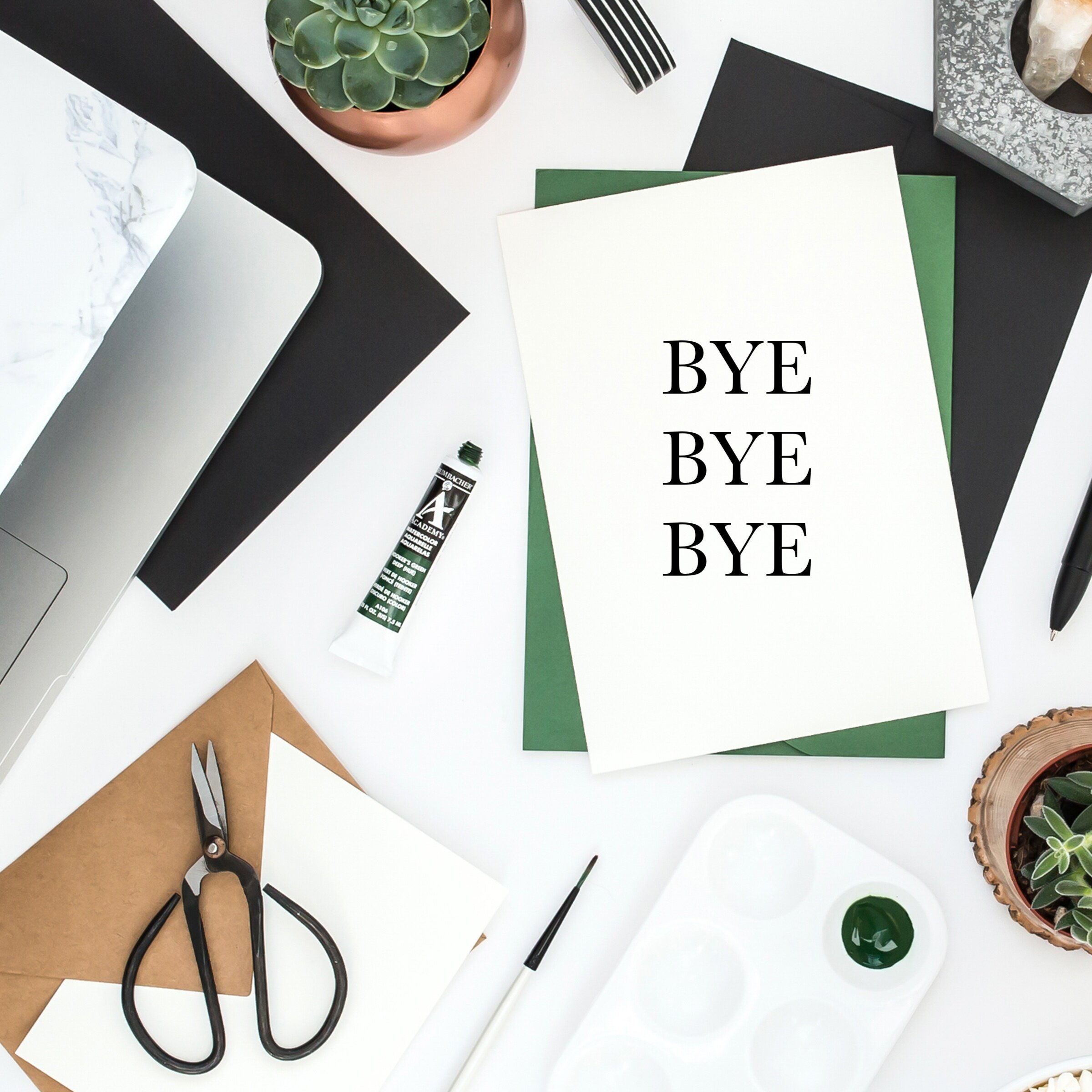
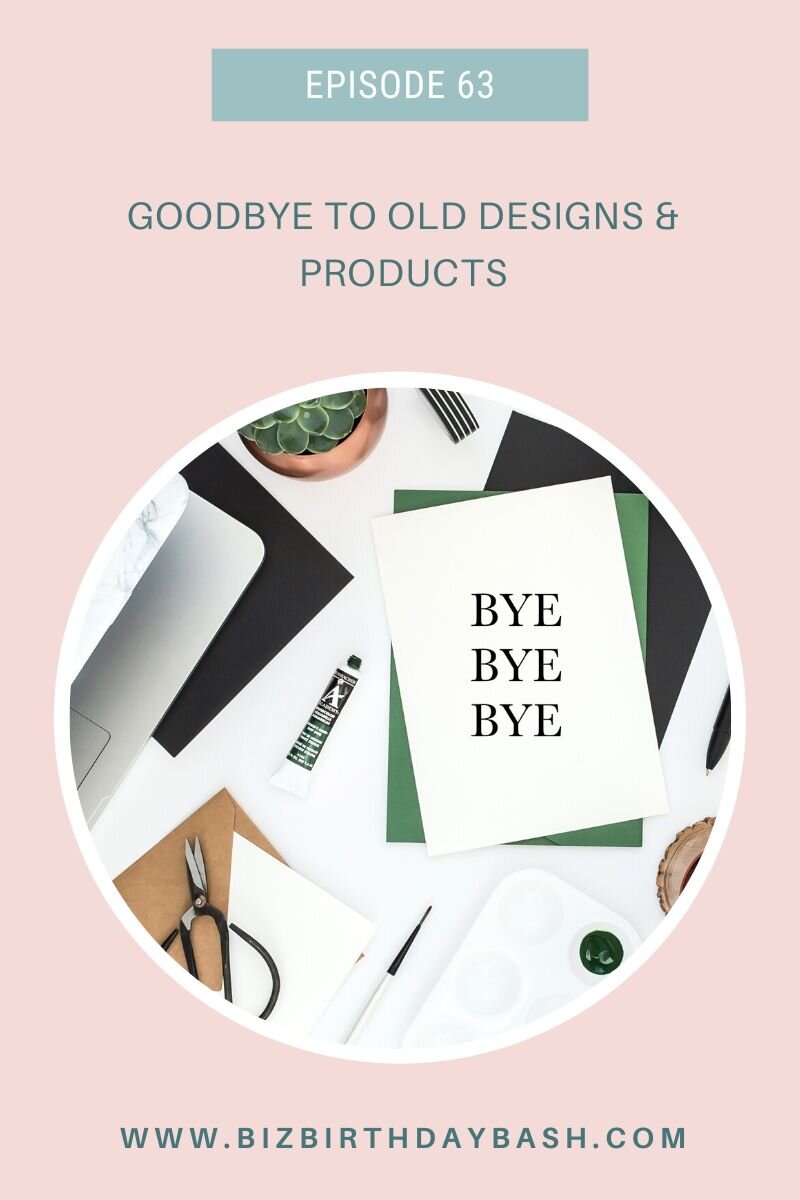
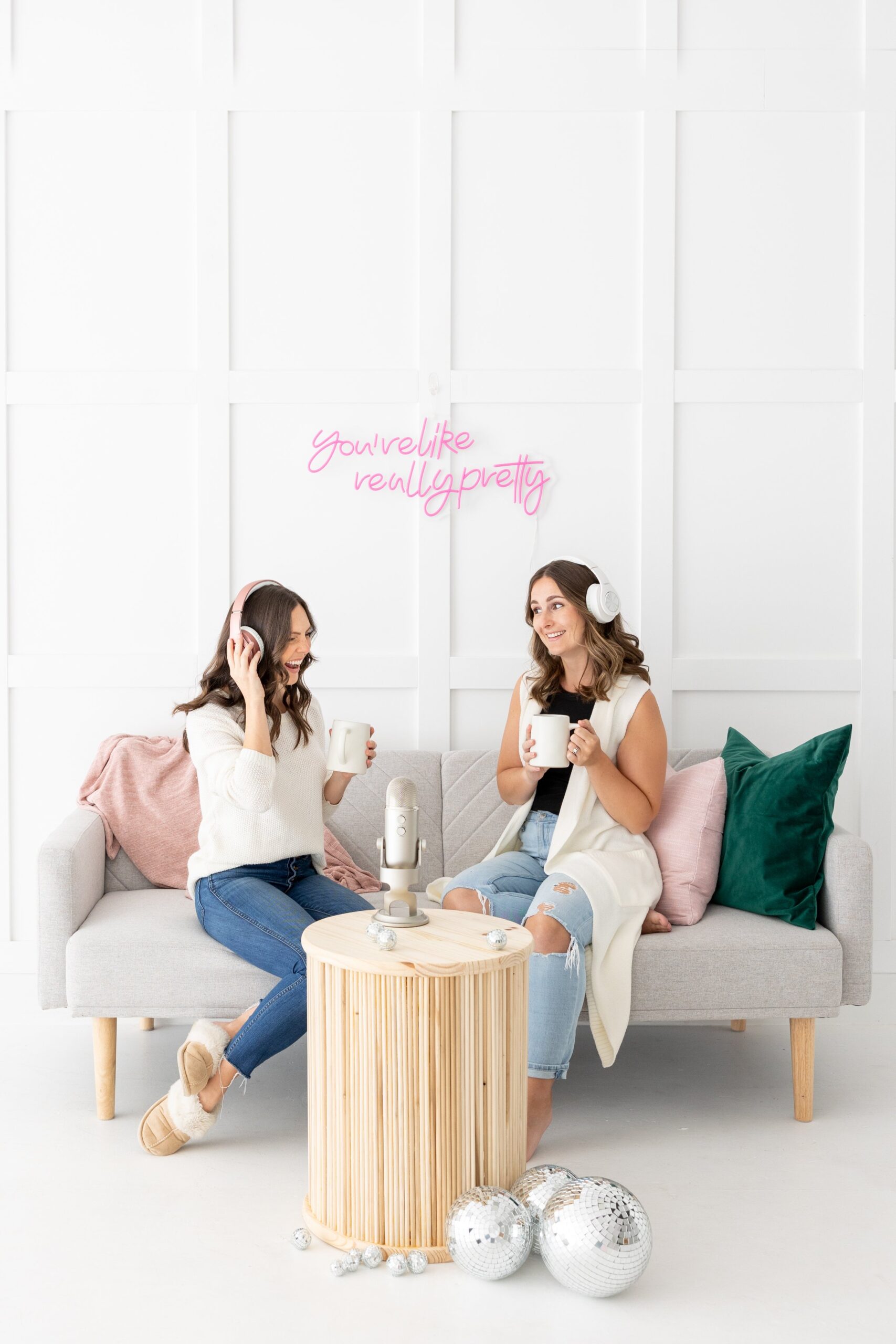
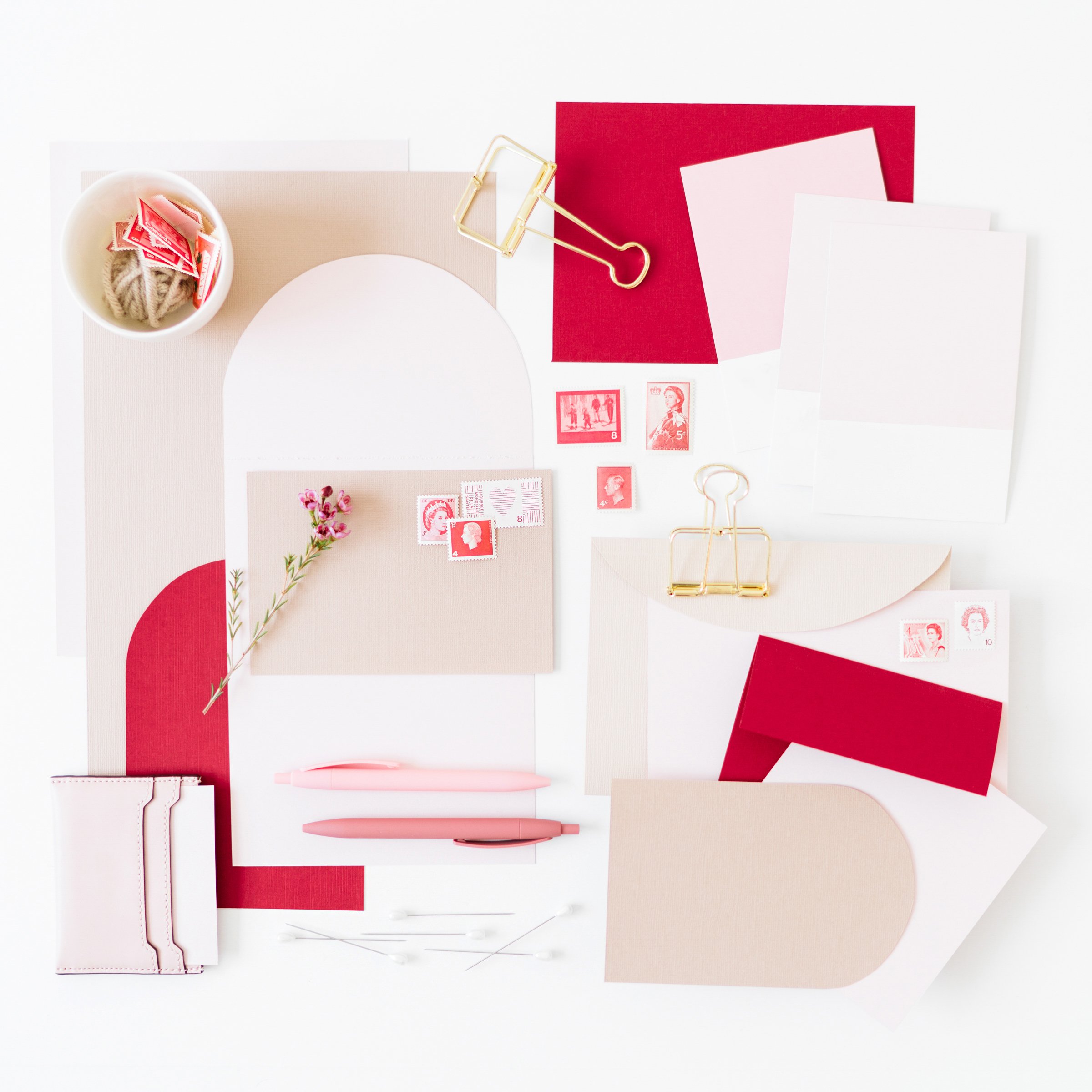
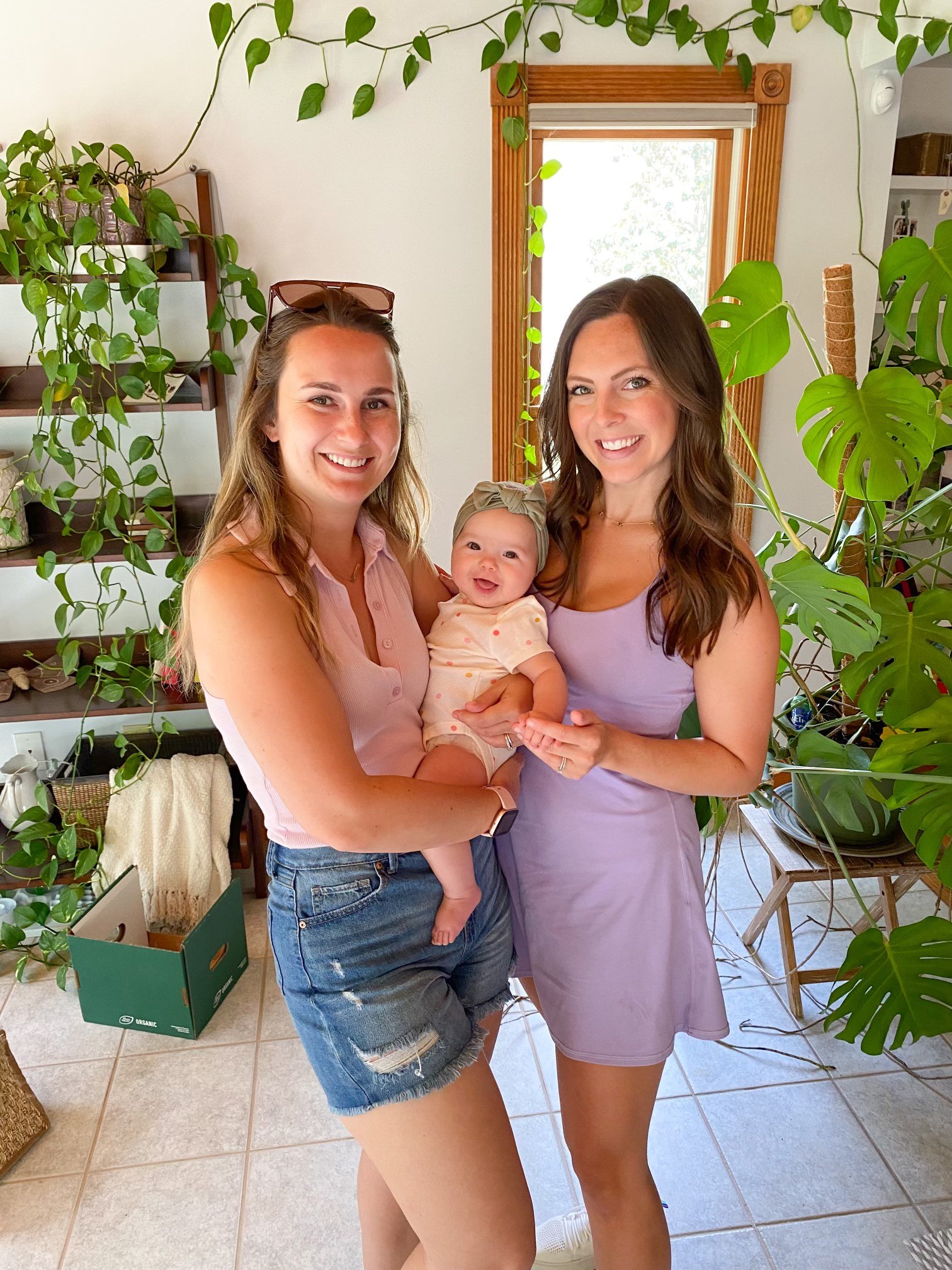

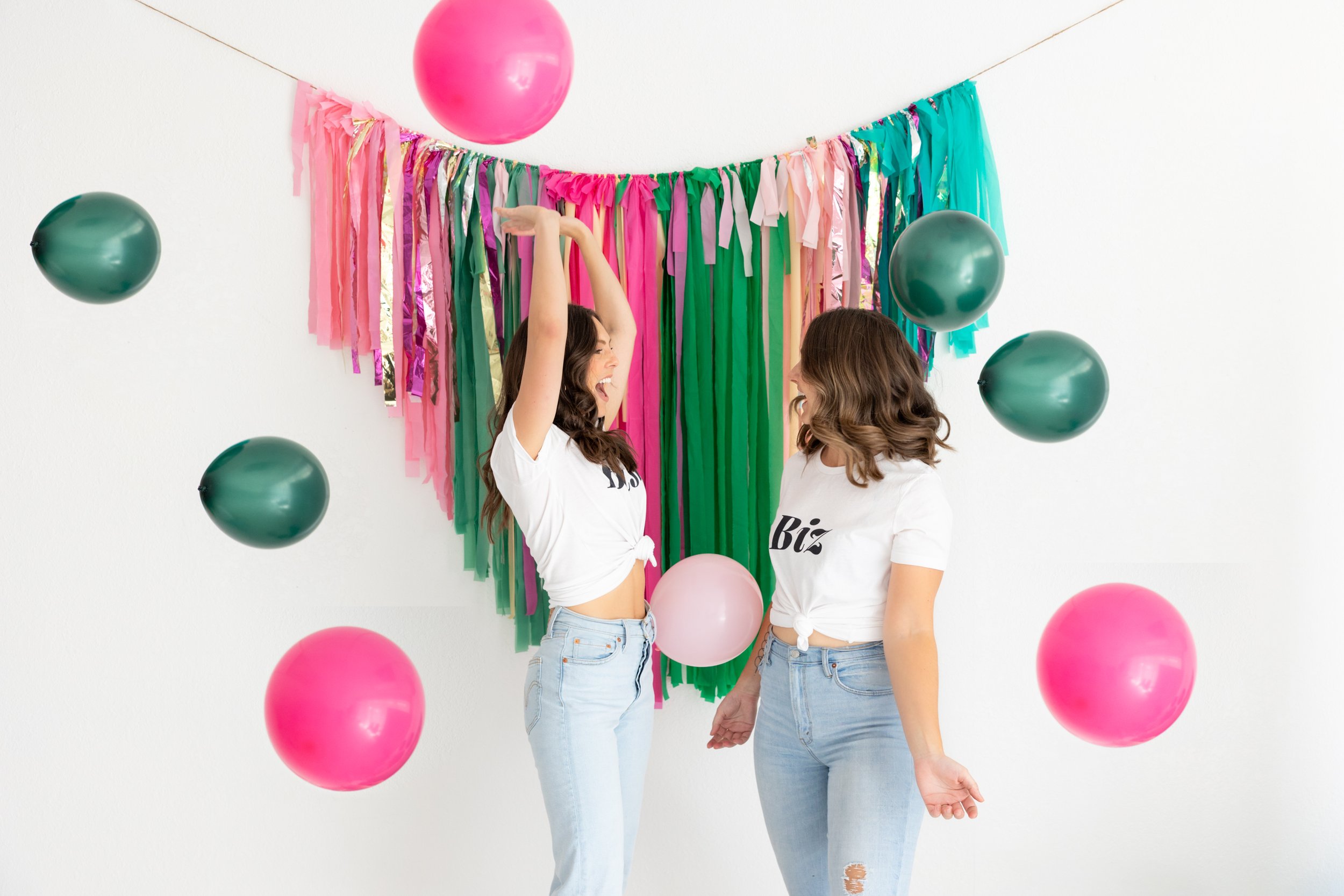
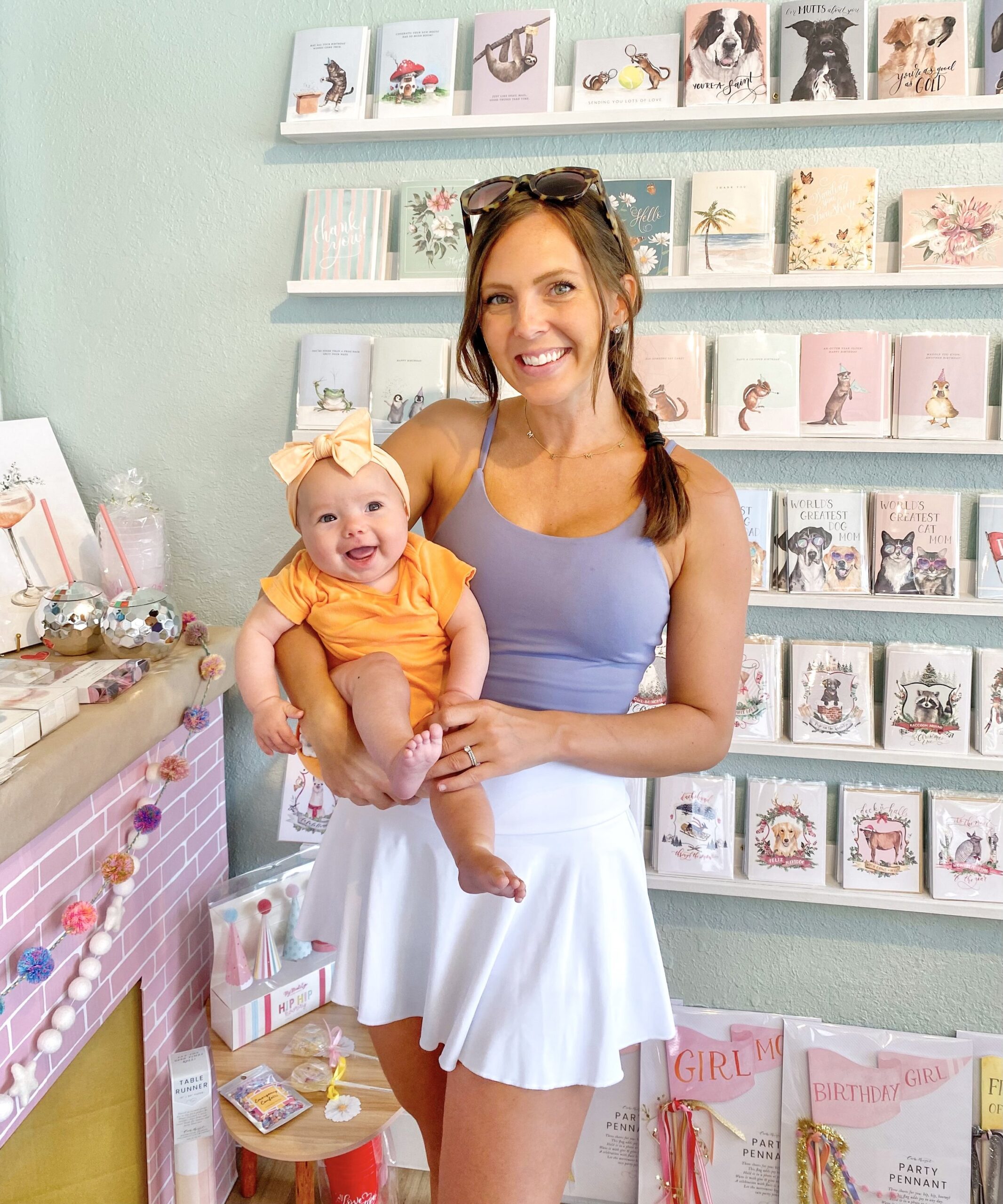
+ show Comments
- Hide Comments
add a comment